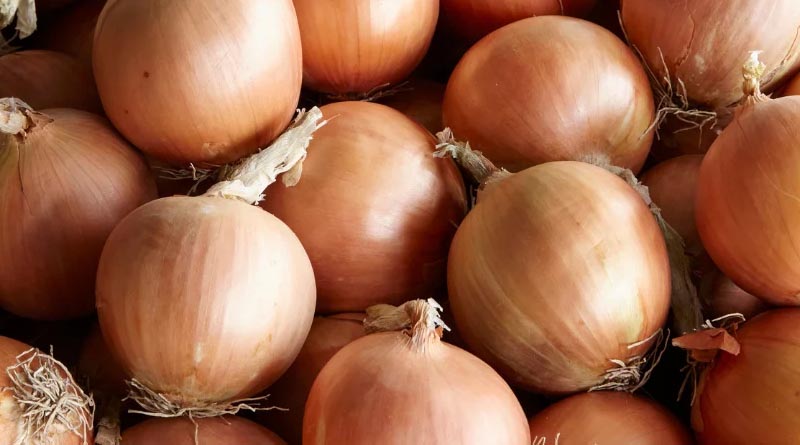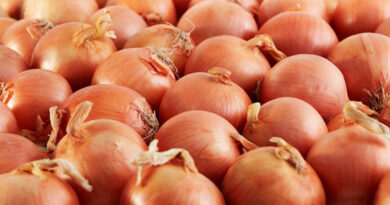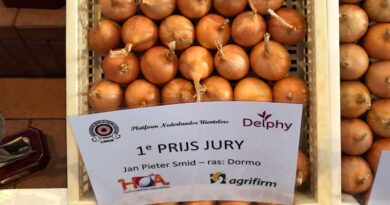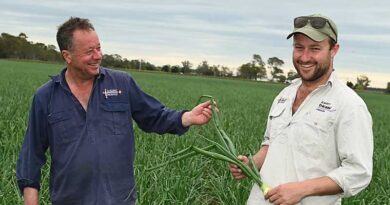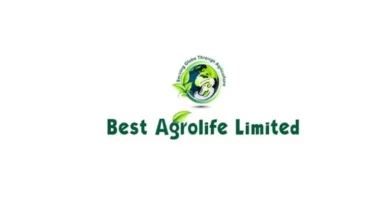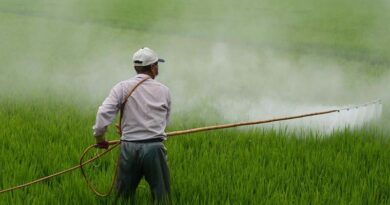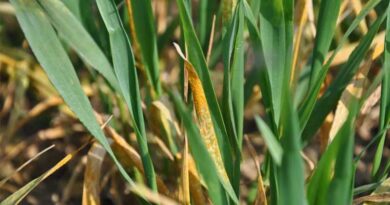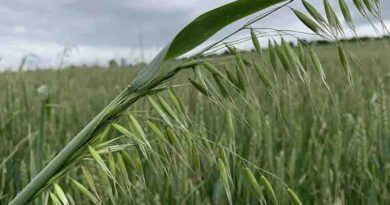How to Maximize Onion Yield Potential in Three Steps
Note: This blog contains examples and information based on the planting and growing conditions in the Netherlands. For local questions, to learn of product availability, or any other information, please reach out to your Syngenta local crop advisor.
23 April 2024, Netherlands: Yield is king—and in onions, high yield potential starts with the genetics you choose but is heavily influenced by management practices. Successful onion cultivation starts with a well-defined strategy.
Consider your approach to fertility, weed and pest control. Ultimately, we recommend getting onions off to the best start and reducing risks in season from pests, disease, and weeks as much as possible.
1. Perfect planting
Delving deeper into the intricacies of onion planting, we know that achieving a high-yielding, quality crop is more than just creating ideal furrows. Whether you are sowing seeds or sets, the employment of the proper machinery becomes paramount.
Coulters ensure precise and uniformly spaced plantings. These, paired with a roller following behind the coulter, places loose soil over top the seeds or sets with the appropriate tension. Recognizing this dual approach of coupling both pieces of machinery for excellent seed coverage is known for experiencing remarkable success.
While there are other components contributing to a comprehensive strategy, the focus on optimizing growing conditions and refining planting techniques serves as the foundational framework for enhancing your onion crop.
2. Focus on growing conditions
Staying on top of monitoring your crops from germination to flag leaf emergence can significantly impact your final yield and quality. Developing a plan of regular inspections of your crops mitigates loss and can reap impressive results.
Beginning a week after sowing, checking the progress of germination and the surrounding growing conditions is critical. Key observations which should be cause concern include uneven germination or prolonged germination. Early identification of these challenges provides growers with an opportunity to intervene early with a solution.
Providing adequate and consistent water supply, especially during earlier stages of the growing cycle, can maintain optimal conditions. It is important that growers irrigate in lesser amounts – even on plots with drip irrigation, a little goes a long way. Alternatively, growers may utilize rowing the onions, loosening the soil around the plants. This method is known to allow better air and water movement, freeing the root zone.
3. Manage weeds early
An onion often responds positively to rowing or hoeing. It can be a good intervention on dry, compacted ground. And it is also good to row early but wait until the crop can manage it. Or drive very slowly.
Rowing too early or aggressively has the potential to harm young plants, defeating the purpose. It’s important to note, the working window for rowing or harrowing is very small. If you wait too long, or harrow too late into the season, you can damage the leaves. More importantly, late harrowing can damage the roots, which leads to greater risk of Fusarium infection.
When heavy precipitation has been present, often the onions will struggle and present with yellowing of the leaf tips. With few intervention options available, weed control takes precedence. It becomes a balancing function as herbicide run-off can become defeating and costly while saturated soil may not allow for rowing.
Also Read: ADAMA Launches New Cereal Fungicide Avastel®
(For Latest Agriculture News & Updates, follow Krishak Jagat on Google News)

